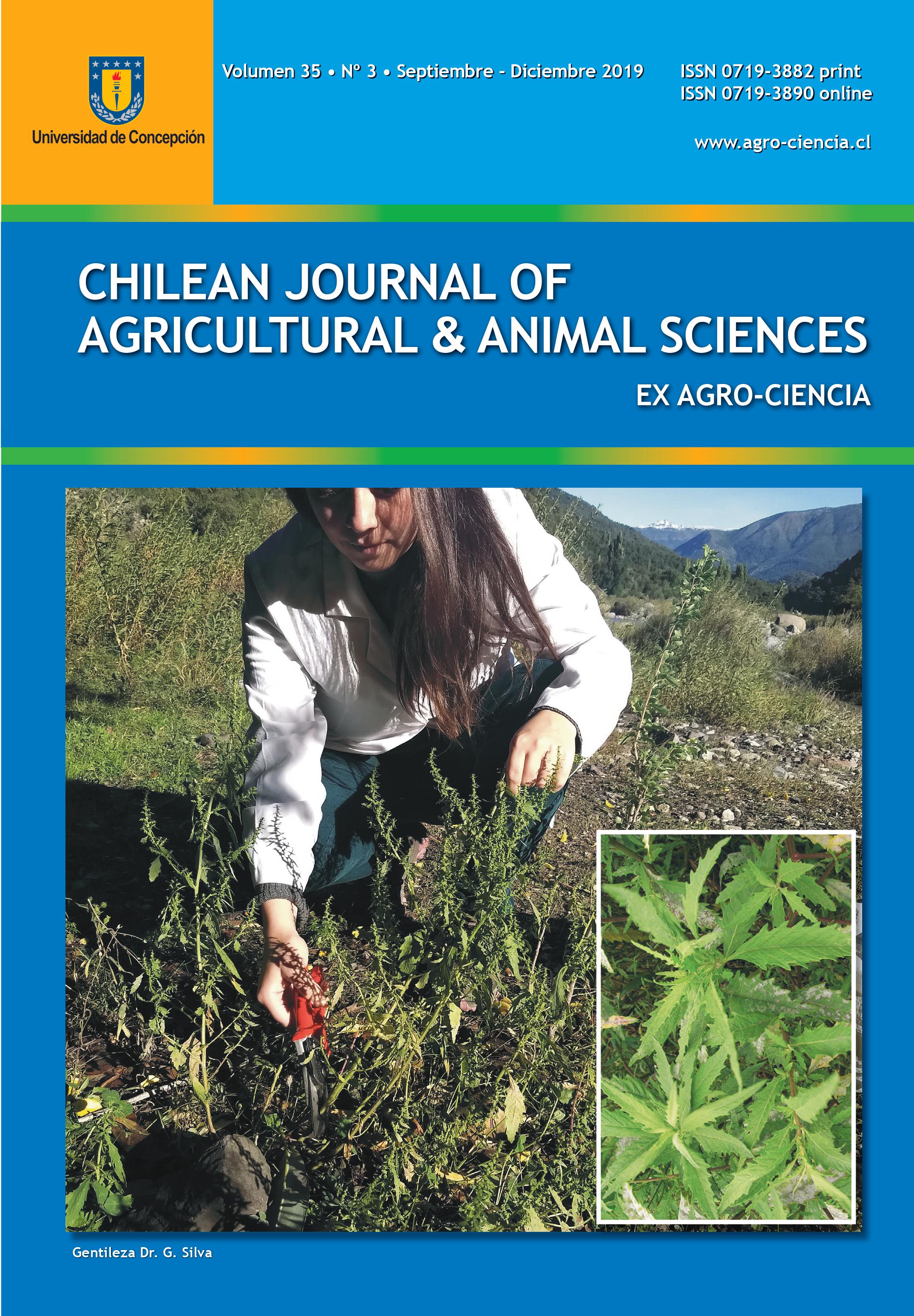An efficient protocol to perform genetic traceability of tissue and foods from Geoffroea decorticans
Resumen
The quality of a DNA isolation method depends, among others, on the target tissue and the metabolites therein. Geoffroea decorticans Burkart (chañar) is a species that has nutritional and
pharmacological potential. However, an effective method of DNA extraction capable of facilitating population studies and food genetic traceability has not been studied yet. The objective of the
present work was to evaluate four methods of DNA extraction from leaves and chañar-based foods. The methods were evaluated based on yield, DNA purity, and molecular markers. The CCI-P (CTAB/ Chloroform-Isoamylalcohol/pellet) method showed the highest yield of DNA obtained from leaves. However, the CPCI-SC (CTAB/Phenol-Chloroform-Isoamylalcohol/silica-column) method was the only one that resulted in acceptable DNA quality with both parameters (A260/A280 and A260/A230). The leaf DNA obtained with this method showed a greater amount of fragments with RAPD, and an acceptable amount of fragments with ISSR. On the other hand, the CCI-P method showed a higher yield of DNA from arrope de chañar (syrup). However, the CPCI-SC method was the only one that had relatively better DNA quality, which allowed the amplification of molecular markers. Regarding chañar flour, the CPCI-SC method showed the highest yield, DNA quality and good amplification with molecular markers. Therefore, the CPCI-SC extraction method is efficient for obtaining DNA from different matrices, and can support studies for a possible designation of origin of chañar-based foods.
Descargas
Publicado
Cómo citar
Número
Sección

Esta obra está bajo una licencia internacional Creative Commons Atribución 4.0.







